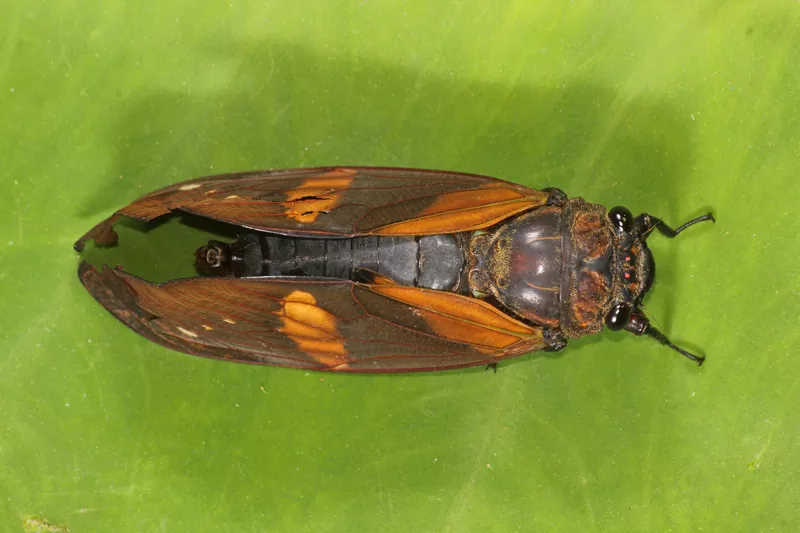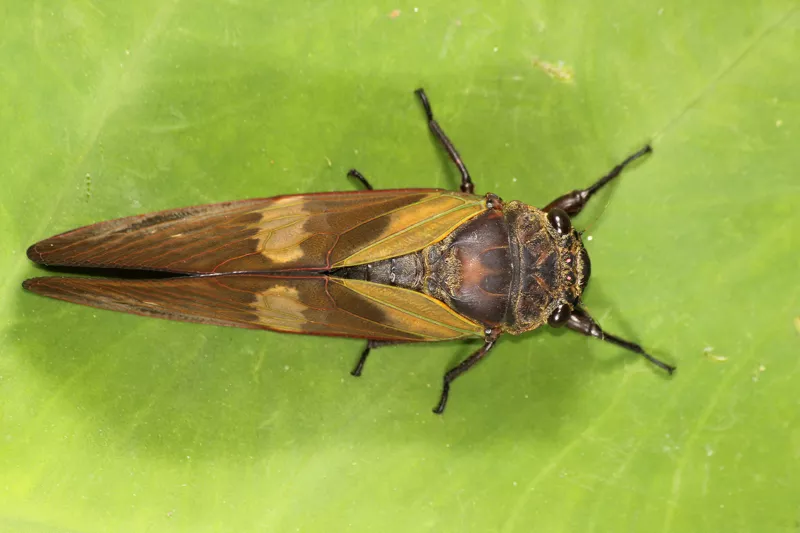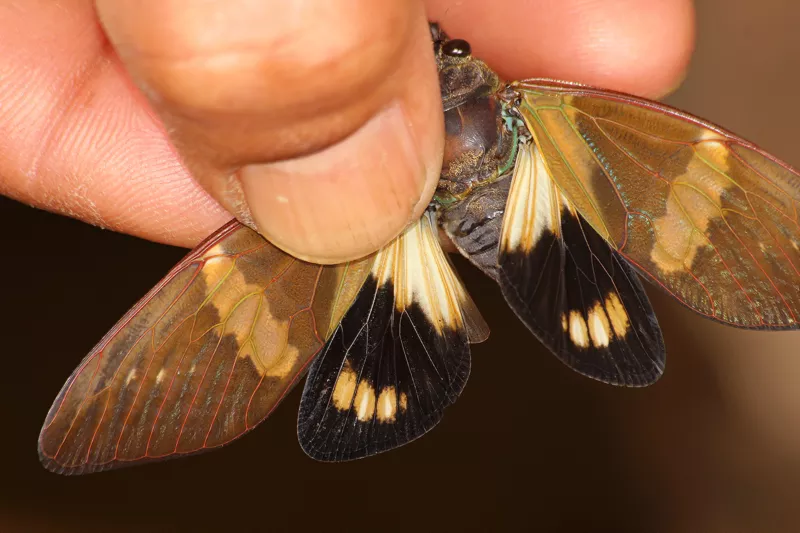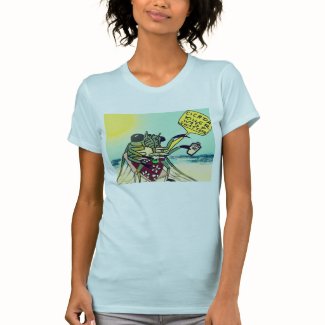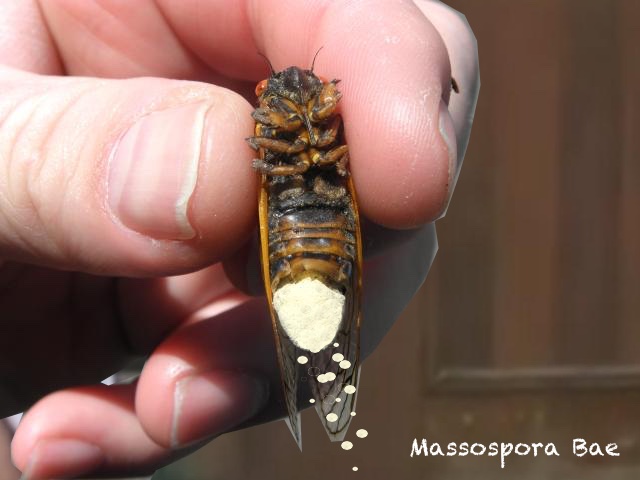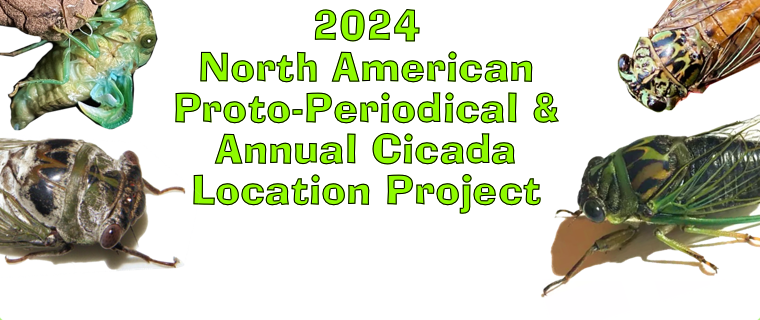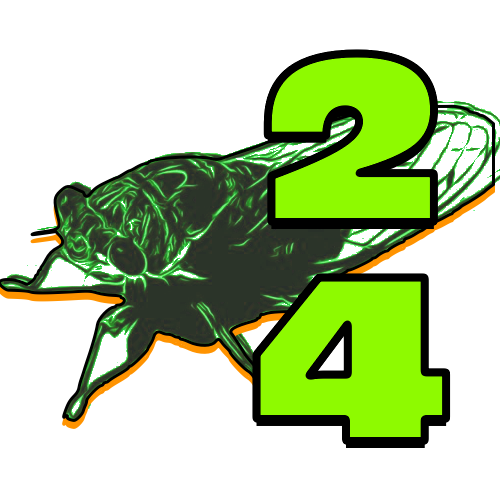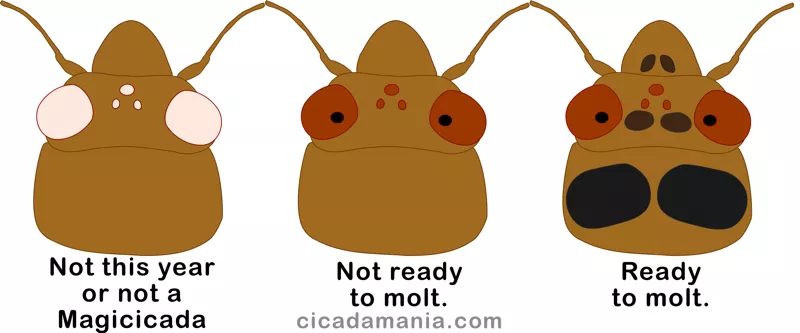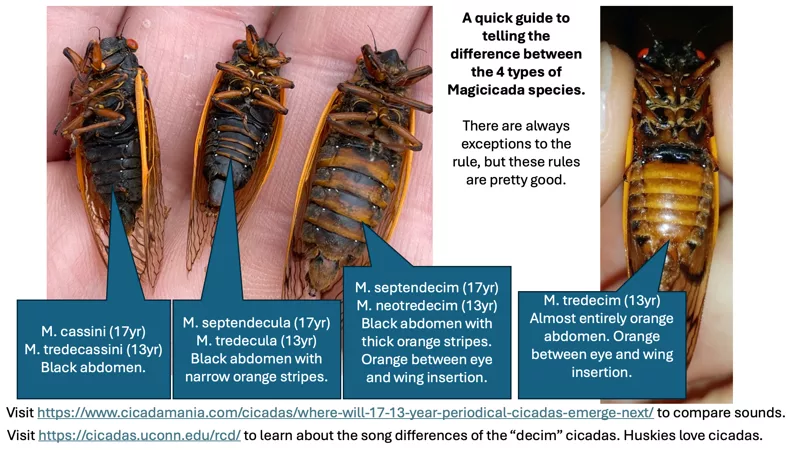News from Vivek Sarkar! A new cicada species, Becquartina bicolor, has been discovered in India.
This also marks the first time a cicada of the genus Becquartina was discovered in India.
Photos courtesy and copyright of Vivek Sarkar. Note the variation in colors.

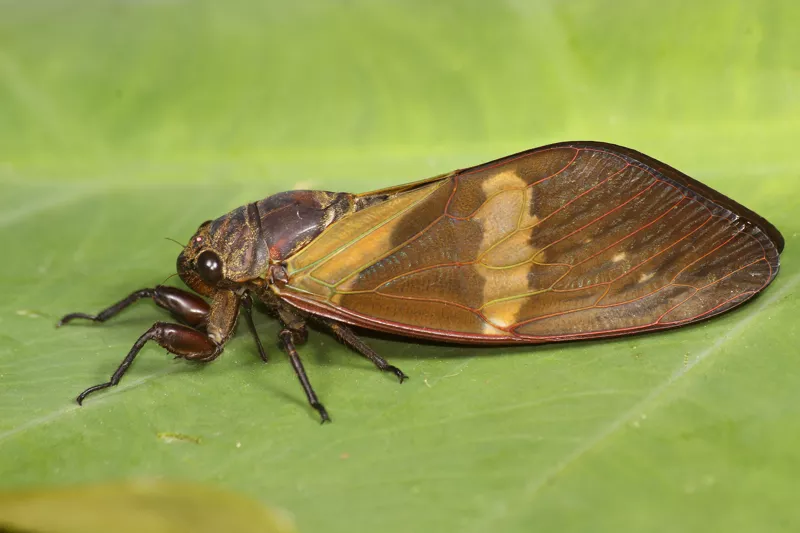
From Vivek:
I am thrilled to share with you the latest development in our research endeavors here in India. We have recently uncovered an astonishing new cicada species from the genus, marking its inaugural appearance in India. This significant discovery was made independently within the mysterious forests of Garo Hills and Ri Bhoi district, igniting a sense of wonder in the realm of biodiversity exploration and shedding light on the untapped potential of Meghalaya’s diverse ecosystems.
As you are aware, cicadas in India have been a long-standing subject of neglect, with studies stagnating since the early 20th century. Despite boasting the world’s highest generic diversity of cicadas, their biology remains largely unexplored within India. With the unveiling of four new species in Meghalaya (including this one), alongside four additional additions to India’s cicada diversity since 2020, these forests continue to unveil new marvels.
Here is a link to the paper by Vivek Sarkar, Rodeson Thangkhiew, Cuckoo Mahapatra, Pratyush P. Mohapatra, Manoj V. Nair, and Sudhanya R. Hajong: Discovery of the cicada genus Becquartina Kato, 1940 (Hemiptera: Cicadidae: Cicadinae) in India with the description of a new species from Meghalaya.
Photos courtesy and copyright of Vivek Sarkar.
